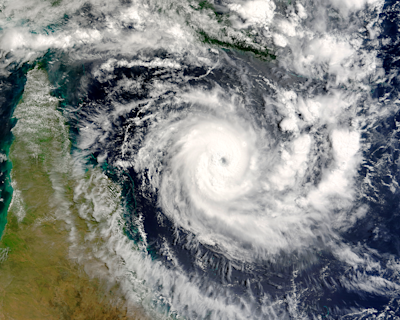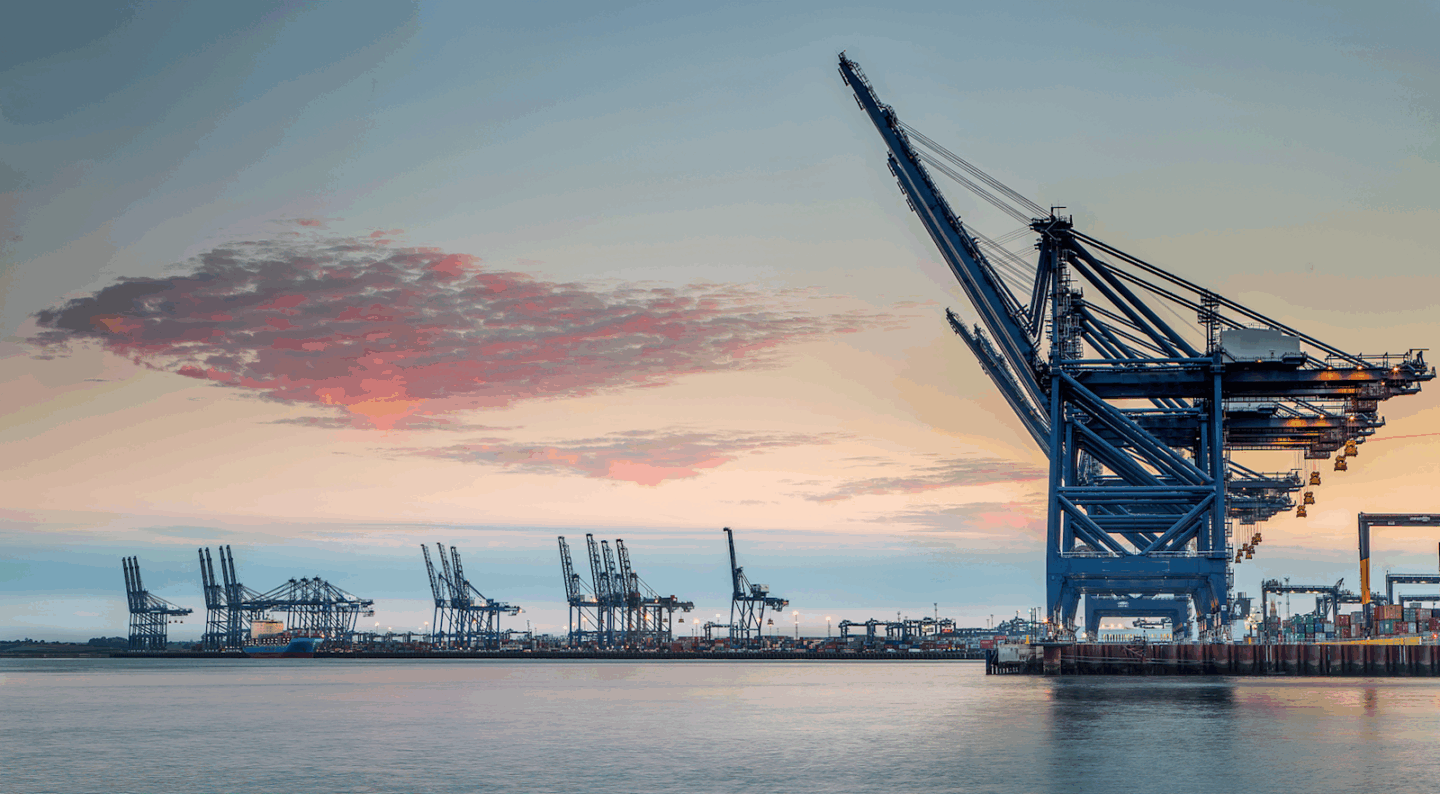Exploring maritime futures
Global Maritime Trends 2050, commissioned by Lloyd’s Register and published by The Economist, is our new report that delves into prospective future scenarios for the maritime sector, assessing their global trends and repercussions on the industry while also scrutinising their effects on critical maritime sector components.
In it we highlight the significant impact that climate is sure to have on the industry, analysing several scenarios for how key geopolitical, technological and regulatory players might adapt in the years to come. In this article, we will examine two key concepts that emerge from the report, and the important role that digital technology will play in adapting to these new realities. They are:
1) The impact of increasingly extreme weather on shipping operations;
2) The impact of complying with increasingly stringent and widespread environmental regulations

Adapting to extreme weather
Extreme weather is already having a profound impact on maritime operations with ships at sea facing increasingly intense and frequent adverse weather events. Rising global temperatures contribute to stronger and more unpredictable winds, higher waves, and the occurrence of severe storms and hurricanes. These conditions pose significant risks to vessels, crews, and cargo, leading to safety concerns, greater fuel consumption, and longer and less predictable routes.
Additionally, climate change is altering ocean currents and temperatures, which can affect navigational patterns and impact the distribution of marine life, further complicating operations. The need to adapt to these changing weather conditions is becoming increasingly critical to ensure the safety and efficiency of maritime transportation. These changes are not merely inconveniences; they pose significant risks to crews, vessels, and cargo, all while driving up operational costs.
To mitigate these risks, companies are turning to technology, using data and AI-driven voyage optimisation systems, which rely on real-time data and advanced algorithms to continually calculate the most efficient and safest routes. In order to be accurate, maritime voyage optimisation AI models need to rely on comprehensive datasets, including real-time and forecasted weather conditions, vessel and cargo specifics, port information, navigational hazards, regulatory guidelines, time constraints, historical data, fuel consumption models, and environmental considerations. By integrating and analysing this diverse data, these models recommend the optimal routes for vessels, prioritising safety, fuel efficiency, and adherence to schedules while accounting for complex maritime variables.
Additionally, shoreside teams need to be able to continually monitor their vessels at sea, rapidly assessing voyage progress and analysing the same situational factors that bridge leaders aboard assess. This informs higher quality communications between ship and shore and allows teams in the office to promptly assess the logistical implications of delayed vessels and update other voyage stakeholders. This, in turn, enables efficient supply chain management even in the face of unpredictable weather events.

New regulations and requirements
The report underscores the need to address the triple planetary crisis of climate change, biodiversity loss, and pollution within the maritime industry. As global shipping contributes substantially to these three issues, regulatory bodies worldwide, including the IMO and countries around the world, are adopting stricter environmental standards and there is every indication that they will become more stringent in the decades to come.
These regulations aim to reduce the industry’s impact on the environment, particularly concerning emissions. However, navigating this complex regulatory seascape poses significant challenges for owners and operators. Compliance is not just about adhering to a single set of rules; it involves a myriad of regulations that vary by region, jurisdiction, and circumstance.
To ensure compliance, companies must maintain continuous access to the latest environmental regulations. This access is vital for both onboard and onshore teams. When at sea, crews need to know precisely which regulations are in effect in the waters around them and along their route and under whose jurisdiction, as well as understand the specific requirements associated with each regulation. This task can be particularly daunting given the dynamic nature of maritime operations and difficulty in determining the precise boundaries of environmentally protected zones.
Complying with environmental regulations also has substantial operational implications. Meeting emission standards, managing waste disposal, and adhering to ballast water management requirements, among other regulations, can affect a vessel’s performance, route planning, and overall efficiency. Additionally with the goal of raising their own environmental profile, companies must be prepared to deploy, enforce, and monitor their own environmental regulations, which may be triggered by specific circumstances or regions.
In this complex regulatory environment, digital technology plays a pivotal role. It provides a framework for compliance that connects teams worldwide and streamlines the process of accessing, interpreting, and applying environmental regulations. This digital framework offers scalability, allowing companies to adapt to evolving regulatory requirements while maintaining oversight of their fleet’s compliance efforts. By leveraging technology to navigate the intricate web of environmental regulations, maritime companies can not only ensure adherence but also demonstrate their commitment to sustainable and responsible practices.
Fostering collaboration for maritime sustainability
In this transformative journey, collaboration between governments, businesses, and all stakeholders within the maritime sector is paramount. Our report underscores the necessity of global cooperation to accelerate the adoption of sustainable practices, reduce emissions, and promote responsible resource management. By embracing innovative digital technology, we have the opportunity not only to navigate these challenges but also to drive positive change, shaping a more environmentally conscious and resilient future.
Discover more about our digital solutions for navigation and environmental compliance.
